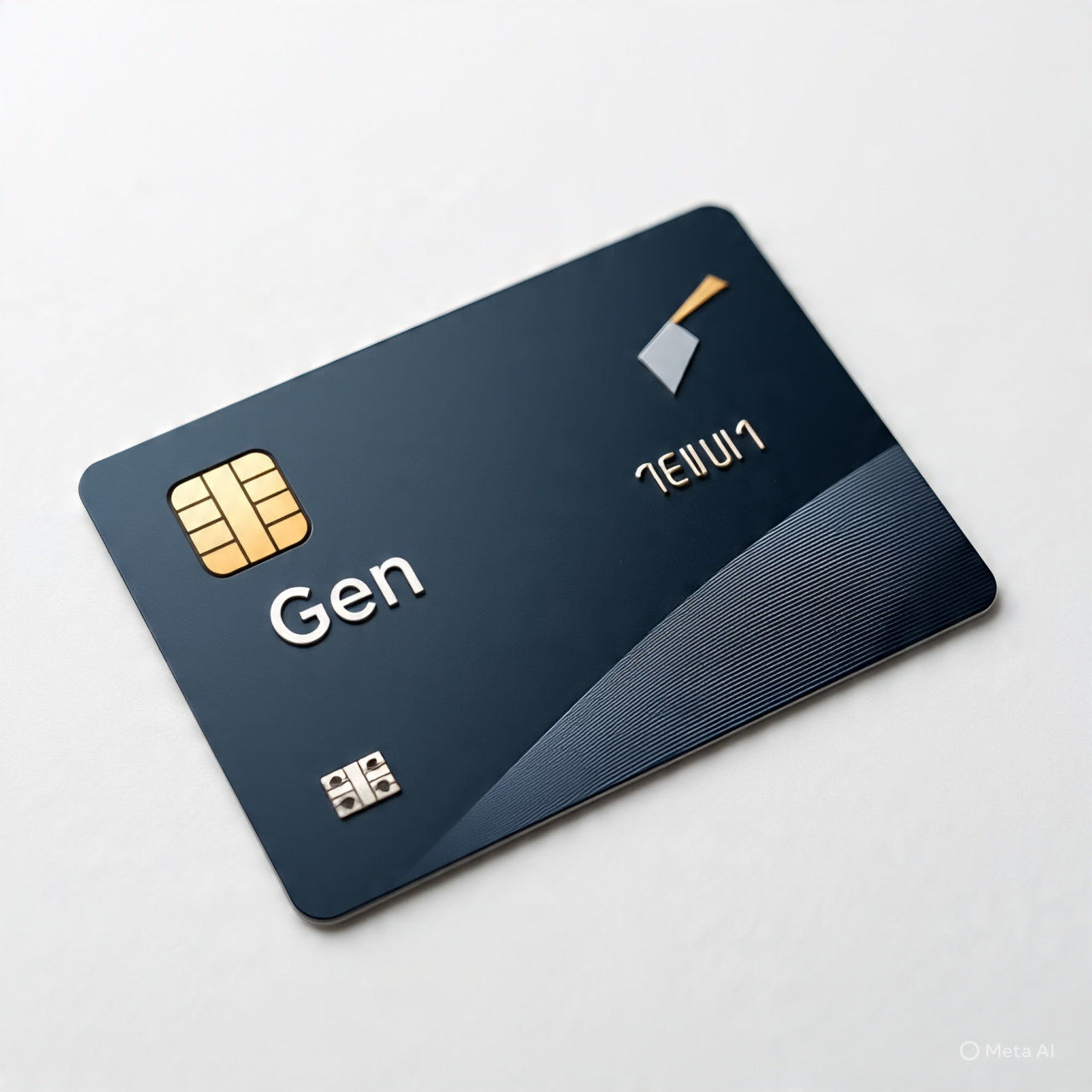Credit card gen tools can protect you from the risks of information theft that occur in both physical and digital environments. Major credit cards in the United States consist of 16 digits, each serving a specific purpose in the card’s structure. When testing payment processing systems, using actual credit card data exposes you to security vulnerabilities and potential legal issues.
Additionally, a well-designed credit card generator allows you to create valid test numbers offline and within secure environments. The random credit card generator functionality can produce numbers that follow the proper format, including the issuer identification numbers unique to providers like Visa, Mastercard, and American Express. In fact, you can generate up to 500 cards at once for comprehensive API testing.
Throughout this guide, you’ll learn how to build a secure credit card generator working with the Luhn Algorithm—the mathematical formula used to validate credit card numbers by calculating the final check digit. Specifically, you’ll discover how to implement a valid credit card gen system that includes essential details like CVV codes while maintaining near-complete security against fraudulent activity.
Understanding the Structure of Valid Credit Card Numbers
To create a functional credit card gen tool, understanding the anatomy of credit card numbers is essential. Credit card numbers contain a structured pattern following international standards, not random digits strung together.
Issuer Identification Number (IIN) Format
Every valid credit card number begins with an Issuer Identification Number (IIN), formerly known as Bank Identification Number (BIN). This consists of the first six to eight digits. The very first digit, called the Major Industry Identifier (MII), indicates the industry or network the card belongs to. For instance, the banking and financial sectors use numbers 3, 4, 5, and 6. Furthermore, each card network has unique starting digits:
| Card Network | Starting Digit(s) | Card Length |
| Visa | 4 | <citation index=”3″ link=”https://www.groundlabs.com/blog/anatomy-of-a-credit-card/” similar_text=” Below are some BIN numbers associated with related brands. As you can see, the length of a credit card will vary depending on the brand, and they are not all 16 digits. Credit card brand Bank identification number prefix Credit card number length American Express 34 |
| Mastercard | 2 or 5 | <citation index=”3″ link=”https://www.groundlabs.com/blog/anatomy-of-a-credit-card/” similar_text=” Below are some BIN numbers associated with related brands. As you can see, the length of a credit card will vary depending on the brand, and they are not all 16 digits. Credit card brand Bank identification number prefix Credit card number length American Express 34 |
| American Express | 3 | <citation index=”3″ link=”https://www.groundlabs.com/blog/anatomy-of-a-credit-card/” similar_text=” Below are some BIN numbers associated with related brands. As you can see, the length of a credit card will vary depending on the brand, and they are not all 16 digits. Credit card brand Bank identification number prefix Credit card number length American Express 34 |
| Discover | 6 | 16 digits<citation index=”3″ link=”https://www.groundlabs.com/blog/anatomy-of-a-credit-card/” similar_text=” Below are some BIN numbers associated with related brands. As you can see, the length of a credit card will vary depending on the brand, and they are not all 16 digits. Credit card brand Bank identification number prefix Credit card number length American Express 34 |
The remaining IIN digits identify the specific financial institution that issued the card. According to ISO/IEC7812 standards, IINs must uniquely identify the card-issuing institution.
Random Digits and Check Digit Placement
Following the IIN, you’ll find the individual account identification number, which can be six to twelve digits long [52]. These numbers are unique to the cardholder and their account.
The final digit of every credit card number serves as a check digit [52]. This digit is not related to your account but rather calculated using a mathematical formula to verify the card’s authenticity. The placement follows this pattern: IIN–Random Digits–Check Digit.
Luhn Algorithm for Check Digit Validation
The check digit is calculated using the Luhn algorithm (also called “modulus 10” or “mod 10”), developed by IBM engineer Hans Peter Luhn. This algorithm detects nearly 90% of human input errors, primarily single-digit mistakes and adjacent digit swaps.
The algorithm works through these steps:
- Double every second digit starting from the right.
- If doubling results in a two-digit number, add those digits together.
- Sum all resulting digits.
- The check digit is calculated so that the total sum is divisible by 10
Consequently, any valid credit card generator working with this algorithm can produce numbers that pass basic validation checks. However, the Luhn algorithm merely confirms that a number follows the correct pattern—it cannot verify if the card actually exists in a bank’s system.
Designing the Credit Card Generator Logic
Building a robust credit card generator begins with understanding how to generate numbers that follow the established patterns for each card type. This foundation ensures your testing framework produces realistic data.
Generating IIN Based on Card Type (Visa, MasterCard, etc.)
The first step in creating a credit card gen tool involves selecting the appropriate Issuer Identification Number (IIN) based on the desired card type. Each card network has specific IIN ranges:
- Visa cards begin with 4, typically followed by additional digits.
- MasterCard numbers start with 51-55 or 222100-272099
- American Express uses 34 or 37
- Discover cards start with 6011, 622126-622925, 644-649, or 65
For implementation, you can store these IIN patterns in a dictionary structure. First, define card types in a list, then create a data dictionary with the corresponding IIN prefixes for each type.
Random Number Generation for Middle Digits
Once you’ve established the IIN prefix, the next step involves generating the middle digits randomly. These digits represent the individual account identifier portion of the credit card number. The length of this section varies depending on the card type:
- Visa: 6-9 random digits (for 13-digit cards) or 9-12 random digits (for 16-digit cards)
- MasterCard: 9-12 random digits
- American Express: 8 random digits
- Discover: 9-12 random digits.
During implementation, use Python’s random module to generate these digits uniformly, ensuring no patterns exist that might compromise security.
Implementing the Luhn Algorithm in Python
The final step requires implementing the Luhn algorithm to generate a valid check digit. This ensures your generated numbers pass basic validation checks. Here’s a simplified approach:
- Start with your IIN and random middle digits combined.
- Double every second digit, starting from the right (excluding the check digit position)
- If doubling results in a number greater than 9, add its digits together.
- Sum all digits, including the undoubled ones.
- Calculate the check digit that would make the total sum divisible by 10
This algorithm validates the structural integrity of your generated numbers. Therefore, implementing it correctly ensures your credit card generator produces numbers that pass standard validation procedures yet remain completely fictional.
Libraries like CCNumGen can simplify this process, allowing you to generate different card types with appropriate prefixes while automatically applying the Luhn algorithm for validation.
Securing the Generator for API Testing Environments
Securing your credit card gen tool requires critical safeguards beyond basic number validation. Payment system testing must never expose sensitive financial data, primarily because unauthorized access could lead to serious security breaches.
Avoiding Real Card Data in Test Suites
The Stripe Rahmenvertrag explicitly prohibits testing in live mode with genuine payment methods. Instead of using actual card numbers, even in test environments, opt for designated test cards provided by payment processors. This practice ensures PCI compliance before going live with your application. Since handling real card data in test environments violates security standards, payment gateways like Adyen offer specialized test card numbers that function exclusively on their test platforms.
Offline Generation to Prevent API Abuse
Offline card generation offers unique advantages for API testing:
- Eliminates dependence on third-party services
- Provides maximum flexibility across all platforms
- Prevents potential API abuse through controlled access
- Creates a secure testing environment isolated from production systems
Legitimate credit card generators like BrowserStack’s tool enable developers to generate valid-looking numbers for various testing scenarios without handling real customer data. Of course, these generated numbers cannot process actual payments or financial transactions.
TrustZone or Secure Enclave Integration (Optional)
For enhanced protection, consider implementing hardware-based security through ARM TrustZone technology. This approach enables robust security without compromising performance by integrating protective measures into the processor, bus fabric, and system peripheral IP. TrustZone creates a completely separate secure execution environment, whereby sensitive operations remain protected even if the main operating system is compromised. The offline dynamic generation with one-way hash encryption ensures only authorized parties can verify transaction authenticity.
Validating and Integrating the Generator with API Workflows
After developing your credit card gen tool, thorough validation ensures reliable performance in API testing environments. This critical phase bridges development and practical application.
Unit Testing the Generator Output
Initially, verify that your generator produces structurally valid numbers by implementing test suites that confirm Luhn algorithm compliance. Each generated card must pass basic validation checks without exceptions. Moreover, unit tests should verify correct IIN ranges for different card brands and appropriate length validation—16 digits for most cards, 15 for American Express.
Using Generated Cards in Postman or Swagger Tests
Integrate your credit card generator with API testing platforms by utilizing generated cards in Postman collections or Swagger environments. When setting up tests, create environment variables to store generated card details. For Swagger implementations, use the online generators at https://generator.swagger.io to create client libraries that work with your test cards. Subsequently, set up a sandbox environment in Postman with appropriate credentials and endpoints for simulated transactions.
Bulk Generation with JSON/CSV Output for CI Pipelines
For automated testing workflows, implement bulk generation capabilities that export 10 or more test cards simultaneously in structured formats. Export options should include both JSON—ideal for programmatic testing—and CSV formats for spreadsheet integration. These exports can be incorporated into continuous integration pipelines, ensuring consistent payment testing across development stages.
Limitations of Generated Cards in Payment Gateways
Despite structural validity, generated test cards cannot process actual transactions. Many websites and payment processors—including Netflix, Amazon, and PayPal—employ advanced verification systems that filter out test card numbers. Nonetheless, official sandbox environments from providers like Stripe offer designated test cards that simulate specific scenarios, including successful payments, declines, and fraud triggers.
Conclusion
Building your own secure credit card generator offers significant advantages for API testing while maintaining essential security standards. Throughout this guide, you’ve learned how credit card numbers are structured with specific IINs, random digits, and check digits calculated through the Luhn algorithm. This knowledge forms the foundation for creating test data that mimics real cards without security risks.
Security remains paramount when testing payment systems. Therefore, offline generation provides the most reliable approach to prevent API abuse and maintain complete control over your testing environment. Additionally, implementing proper validation ensures your generated numbers pass basic structural checks without risking exposure of actual financial data.
The integration capabilities with popular testing tools like Postman and Swagger further enhance your workflow efficiency. Consequently, you can automate payment testing scenarios across various development stages through bulk generation features that export multiple test cards simultaneously.
Remember that these generated cards serve testing purposes exclusively and cannot process real transactions. Most payment processors employ sophisticated verification systems that filter out test numbers. Thus, for comprehensive payment gateway testing, combine your generator with official sandbox environments that simulate specific payment scenarios.
Armed with this knowledge, you can now confidently build and implement a secure credit card generator tailored to your testing needs. This approach eliminates security vulnerabilities associated with real card data while still providing all necessary functionality for thorough API testing.
















